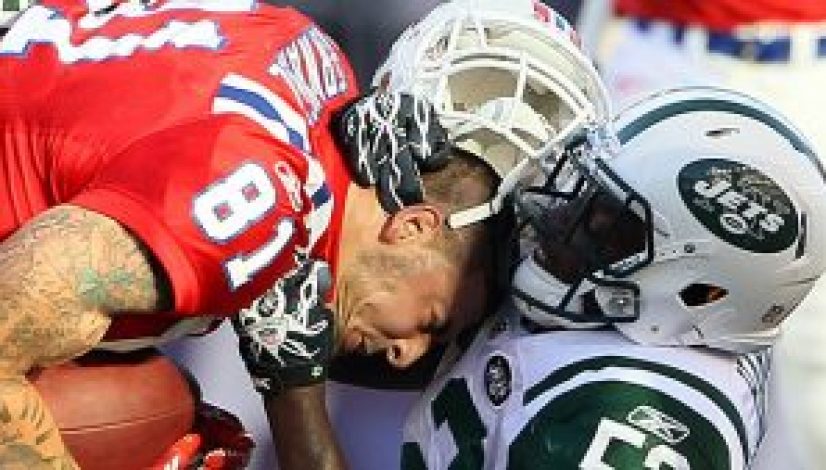Marijuana, The NFL, And the Fight for Common Sense
When we think of the National Football League (NFL), we think of big, strong, fast men making the game many played in grade school and high school, look like art. The speed, the coordination, the remarkable things they do with their bodies, keep fans coming back season after season anticipating more amazing feats from these near super humans.
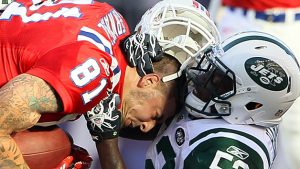
But, while we enjoy watching them run over each other and crush each other for glory, many have been asking about how to manage pain and recovery. Anyone who has watched an NFL game has seen bone crushing hits and head jarring tackles that make the average person cringe. When most plays end, the players jump up and move to the next play. What we know is that those hits, over time, take a toll. Their bodies are beaten and bruised. They suffer concussions, torn ligaments, broken bones and detached muscles. With all this carnage, how do they cope? How do these men deal with the pain, week in and week out, day in and day out?
What we know currently about player pain management is the league has some work to do. We know that currently team doctors use drugs such as Vicodin, OxyContin and Toradol very liberally. We know the players use the drugs so liberally that the league has been sued by the players for the reckless use of these and other strong addictive drugs to help players deal with pain. This isn’t pain management, it is addiction peddling.
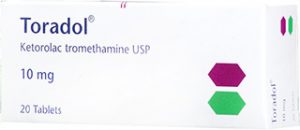
Drugs like Vicodin work by blocking the pain receptors in the brain leading to pain relief and feelings of relaxation, which especially for NFL players can quickly lead to addiction. NFL games are often compared to being in multiple car crashes in the same day. After years of this type of physical beating, it is not difficult to see how a drug like Vicodin being handed out like candy on Halloween can become a problem. Players rack up aches and pains like gold coins in a video game. Needless to say, drugs that block pain and help them relax make sense, but moderation and proper dosing are key, which as previously stated, has been an issue with the NFL.
But, what if there was something players could take that helped them deal with the pain and stress, was much less addictive and had fewer side effects? What about marijuana? Should marijuana be allowed in the NFL? There is a lot of supporting data suggesting that cannabis can help with inflammation, stress, migraines, insomnia, cancer, glaucoma, Alzheimer’s, and general pain management. While there is a debate on the addictive nature of marijuana and long-term side effects, the benefits seem to substantially outweigh the risks.
As the NFL has pushed a narrative of player safety and placed an emphasis on the well-being of its players, they have simultaneously maintained an aggressive anti-cannabis stance using vague reasoning and bad logic. NFL Commissioner Roger Goodell stated prior to the 2017 draft on ESPN’s Mike and Mike that “there are concerns about the long-term health impact on players” and that the “NFL has not been advised to change the league’s policy on marijuana.” He followed that up with the following statement, “Listen, you’re ingesting smoke, so that’s not usually a very positive thing that people would say. It does have addictive nature. There are a lot of compounds in marijuana that may not be healthy for the players long-term.” The follow up question should have immediately been about Vicodin and OxyContin and why those drugs are regularly prescribed and used. He should have been asked about why it makes sense to continue handing out Vicodin and OxyContin like candy, knowing there is an opioid epidemic presently raging in the United States ruining and taking lives every day. It really calls into question the NFL drug policy stages and how they decide to medicate players.

It is hard to deny that Roger Goodell and league officials believe what they say about marijuana when you look at their testing policies and thresholds compared to even the World Anti-Doping Agency (WADA) standards. WADA has notoriously rigorous testing policies and thresholds but even they have increased thresholds for marijuana testing on Olympic athletes. A sample with greater than or equal to 35 ng/ml is considered a positive test for marijuana according to the National Football League Policy and Program on Substances of Abuse 2016. Looking at WADA standards we see their threshold set at greater or equal to 150 ng/ml for a positive test. The threshold set by the World Anti-Doping Agency is four times higher than the standard set in the NFL. This is not the NFL being responsible, this is the NFL being ridiculous.
The NFL is notorious for taking hard line stances and refusing to make sensible changes no matter what evidence is presented to the contrary. The NFL is driven by money and profits, and as long as the league is making a profit the league will continue to be bullheaded regarding its rules and procedures. From their perspective as long as they are making money they are winning. The league has seen data to show that Thursday night games lead to more injuries, over saturate the market and typically are not a great representation of the game. Despite this, the league refuses to reduce or eliminate Thursday night games and actually increased the number of midweek games. Knowing this, the question is how is the league profiting off of their anti-marijuana stance?
I can only speculate that somehow the NFL makes money off of the drugs it currently prescribes and administers to its players. I can’t prove this, but it’s the only reasoning I can come up with why the league still supports a strong stance against weed knowing what we know about marijuana, it’s benefits, and what the players in the league actually need to deal with the various issues that come with playing such a violent game.
There are other possible reasons for their staunch position such as legality. Thirty states have legalized marijuana in some shape or form, but cannabis is still illegal federally. It is highly possible the NFL does not want to be on the wrong side of the federal government when it comes to the league drug policy. While the federal government only has so much control over the NFL, no major sports league wants to draw the attention of Congress or be the focus of a Congressional inquiry or investigation. The NFL is already in the crosshairs of many advocacy groups regarding player health and safety, specifically dealing with concussions, brain damage and CTE. Therefore, maintaining their current drug policy may be the league’s way of staying under the congressional radar.

Even the above reasoning doesn’t track because of the positive impact marijuana could have on conditions stemming from brain damage like Chronic Traumatic Encephalopathy (CTE) and other injuries players sustain playing the game. Also, I mentioned earlier the opioid epidemic. The NFL must look at their contribution to the problems with opioids and their players. The league’s current policy does not acknowledge that responsibility, does not acknowledge the problem, and does not acknowledge the players’ needs. The NFL has an opportunity to be progressive leaders instead of fumbling stooges trying to score a public relations win after the fact.
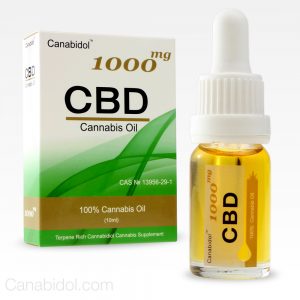
The NFL has a couple options here that could resolve the issue. The first is to remove marijuana from the banned substances list and be done with the issue. We are talking about the NFL and a bunch of rich, stiff, “conservative” men, so they are going to make this overly complicated and difficult. I have to imagine they will start with increasing the threshold to something more in line with what WADA uses for Olympic athletes. They may also look to strike a deal with a company that manufactures cannabis oil or some form of pill that the league can control the dosing and administration. Maybe they could manufacture an NFL CBD oil through some sort of white label solution. Knowing the NFL and their obsession with control, this seems the most likely but also ironic scenario given their lack of control of other drugs currently administered by team doctors.
Roger Goodell and the National Football League should be leading the charge for marijuana research and clinical trials involving marijuana if they really care as much about player safety as they claim (which is every time Roger Goodell is on television). There is enough anecdotal data out there to warrant a deeper investigation into the benefits of weed for players. The worst-case scenario is that after a number of trials and studies they could have a definitive answer regarding the impact of cannabis on player health. The best that could come from a campaign of clinical studies is that the league finds multiple uses for marijuana as it relates to pain management which allows them to reduce the use of addictive opioids that have documented severe side effects.
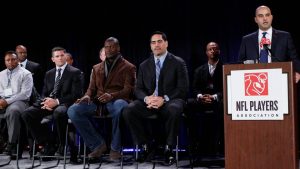
The NFL should take the opportunity to actually work with the NFL Players Association and research the benefits and impact cannabis can have on players’ lives. The NFL could have the answer to lower health care costs and better quality of life for its’ players staring them in the face, but they seem to be too stubborn to take advantage.
Facebook Comments
Tags
CTENFL CBDnfl marijuanaopioidsRoger Goodell

